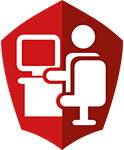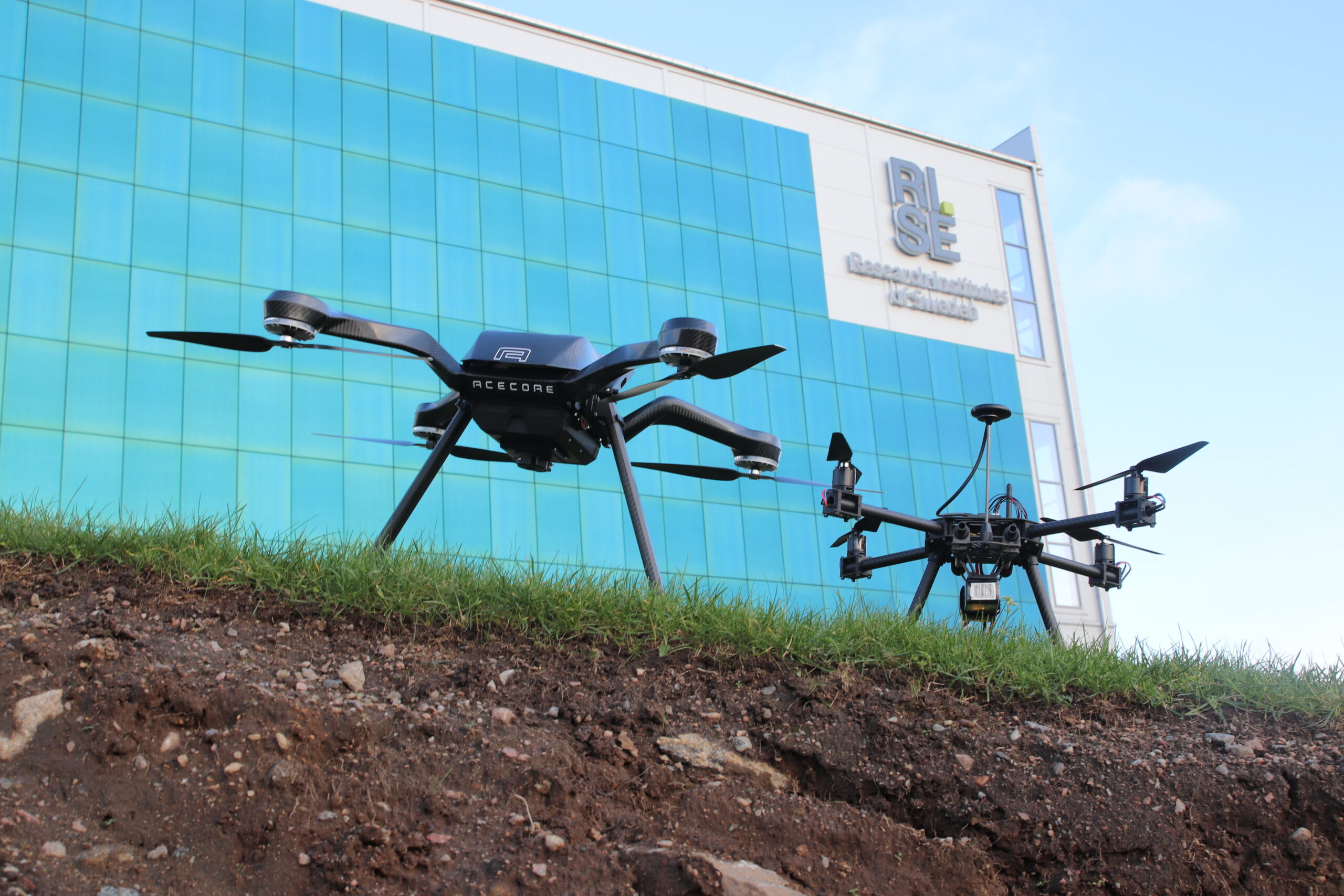
Inherently Safe Design
WP7 reduces the risk for human error by accelerating time sensitive tasks and providing more comprehensive and effective decision support. This is done through improved design of tools, environments, methods etc.
WP07
Inherently Safe Design
In case of a fire situation on a ro-ro ship, quick and efficient extinguishment is crucial. This relies heavily on the fire management and on the usability of the fire management information system. How do we manage the human resources effectively and how do we design user friendly fire alarm panels and other fire management related systems? These questions are investigated in Work Package 7 Inherently Safe Design.
The WP07 team have the following objectives on the agenda
The Work package aims to reduce the potential for human error, accelerating time sensitive tasks and providing more comprehensive and effective decision support, by increased uptake of human centred design and improved design of tools, environments, methods, and processes for critical operations in case of fire.
- Re-design and development of guidelines for improved fire detection system interface design, promoting intuitive operations and quick decision-making.
- Development of guidelines for efficient extinguishing system activation and inherently safe design.
- Development and validation of a firefighting resource management centre (FRMC) with improved design for critical operations in case of fire, reducing the potential for human error, accelerating time sensitive tasks, and providing more comprehensive and effective decision support.
Situation today
Work package 07 has investigated the situation today both through ship visits, formal interviews with the people onboard, and by studying regular drills. The team has also developed innovative methods for studying system design functionality and usability, and fire management work processes during fire situations (drills). Instead of just visit and understand the location and talk to officers they have equipped them with cameras during test drills. In that way they have produced video material from different locations in the ship simultaneously and see how people interact during a drill in different places.
Findings from these studies point towards improvement potentials with respect to work processes and fire system design. Alarm panels on the bridge and in control rooms have improvement potentials when it comes to the types of information that is shown, how it is shown, and the user friendliness of operating the panels. Time is key when it comes to fire development, and the work processes, collaboration and communication can be improved for swifter response. Simple questions about system knowledge and authority can come in the way in critical situations. If a fire alarm has been activated, you do not have time with substandard and difficult-to-understand interfaces, nor do you have time to look for the person who has the right qualifications to solve the task. You need to act fast. The goal of WP07 is to increase the efficiency in fire situation and this is done through 3 actions.
Action 7A – Improved fire detection system interface designs
Many fire alarm panels in control rooms and on the bridge are today somewhat old fashioned. They are not as user friendly and intuitive as they could be, and the visual interface is often quite sparse, showing a few lines of written text. Additional work of looking up information will sometimes be required to couple information about where the fire is located, and what section of the drencher system should be activated.

Image of typical today’s panel.
WP07 researchers are designing new panels that provides the user with relevant information and with better visual presentation. The graphical interface is designed to support a more intuitive panel operation. Physical prototypes are being developed with user friendliness in mind.
To make this right the team focuses on the end user. By addressing to the actual user, a new interface has been developed with graphics making active use of colours, codes, and signs. The team has also focused on how sound design can be used efficiently, as many alarms may go off at the same time and may produce a noisy environment. The prototypes will be refined during the coming year.

Image from prototype.
Beside the development of the fire panel the team will be developing guidelines on how to improve the whole development process of maritime fire system design. This work involves a stakeholder analysis.
Action 7-B – Efficient extinguishing system activation and inherently safe design
With action 7-B the purpose is to develop better work processes for activating fixed fire extinguishing systems – ceiling mounted drencher systems and CO2 systems. A challenge today is that it often takes considerable time from the activation of a fire detector and to the activation of the extinguishing system. Sometimes it can take 20 minutes or more before the actual extinguishing has started. Experience shows that every minute counts and that actions the first 15 minutes of a fire often are crucial for the outcome of the fire management. Today you may need to gather a lot of information before you can start the drenchers. Are there dangerous goods in the cargo hold that limit the use of water? Which drencher section corresponds to the location of the fire? Who make the final decision to release the drenchers? For these matters good procedures and processes is key for efficient fire management.
The team has mapped work processes and challenges and have identified several “bottle necks” and will use these findings to develop improved procedures. WP07 is also looking into how better training can improve coordination of the work and carrying out of tasks.
Action 7C – Firefighting resource management centre (FRMC)
In Action 7-C a firefighting resource management centre (FRMC) is developed. The centre is a sociotechnical environment where the prototype of the fire alarm from Action 7-A will be further developed and implemented into a defined social work environment with work processes that support better coordination of fire resources. More information than today, including information collected through a drone system that is developed by the LASH team, will be available to support the fire management.
A workflow or guideline on how to coordinate the human and fire information resources will be developed. The system will provide users with information about dangerous goods, temperatures in different parts of the cargo hold, and a presentation of how the fire is developing. The FRMC will also be supported with drones that can fly over the weather deck for a better overview of the situation. All this will improve the situational awareness.

Information collected through a drone system.
“It’s kind of a future thing” In times of pandemic, new ways had to be found for the development of a centralized fire resource management center within the LASH FIRE project. When no researchers could make visits, fire drills were conducted on a Stena ferry and was documented with multiple action cameras for later virtual analysis.
Downloads
- Deliverable D07.1: Study and analysis of regulations, accident investigations and stakeholders for bridge alarm panel design
(Deliverable is under review, formal approval by EC pending)
